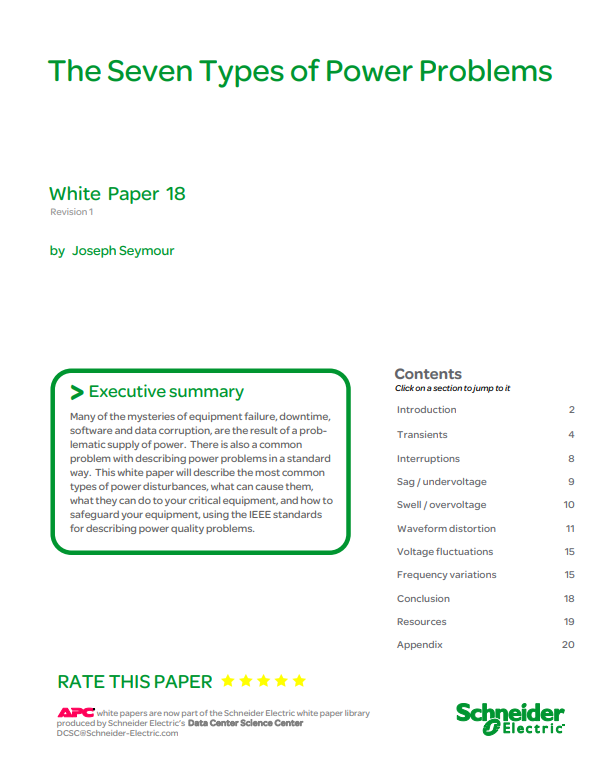Nine ways small businesses can reduce IT costs
From subscriptions to printing, small businesses can cut back on a variety of areas to cope with economic turmoil

The economy has been in turbulence for many months, and a combination of global conditions and domestic policies will have extended these conditions well into 2023 and likely beyond.
Although it’s looking less likely the UK will suffer a technical recession this year, the economy is still set to contract. What this means for many businesses is rising costs and likely a hit to revenue. This will be difficult to manage for many of the largest organisations – but could be devastating for small and medium-sized businesses (SMBs).
Beyond the most obvious areas of cost savings – including reducing energy costs or cutting back on office running costs – are a number of areas in IT that could be identified as fertile ground for reducing expenditure. These might include reducing cloud costs or even cyber security costs, but there are other tactics small businesses might wish to employ to get costs under control and seek to limit damage in the coming months.
1. Transfer your data to NAS devices
Where is your company’s data stored? It’s all the rage to push data into the cloud and make it somebody else’s problem. However, this is rarely the real outcome. Although a well-run data centre is likely to be more robust than a tired Dell desktop computer hiding under a junior IT employee’s desk, it’s simply your data in someone else’s computer.
Of course, cloud services have their places, especially for bulk offline storage of data. But it might be more advantageous to run a pair of NAS boxes: one as primary storage, the second as secondary, placed as far apart as possible and preferably in a separate building. Use the built-in replication tools to create snapshots of your data, and send these over the network to the second unit. Finally, pay for cheap cloud storage and push your updated data to that encrypted cloud storage on a daily basis.
These boxes aren’t going to be too expensive, unless you buy high-end versions, but don’t fall into the hidden costs trap. Ensure you have enough drive slots and set up the disk arrays appropriately in a fault-tolerant arrangement. With thought and care, there’s no reason why you can’t look for at least six years of life out of each of these boxes.
2. Cut expensive software subscriptions
RELATED RESOURCE

Subscriptions to platforms such as Microsoft 365 and Adobe Creative Cloud cost a lot of per user once you annualise the monthly costs. Do you really need all the capabilities of Excel? Or Photoshop? If so, who in your organisation has that need, and are cheaper third-party tools good enough for everyone else?
Sign up today and you will receive a free copy of our Future Focus 2025 report - the leading guidance on AI, cybersecurity and other IT challenges as per 700+ senior executives
For example, LibreOffice has most of the functionality of a ten-year-old copy of Office, but at no cost. Affinity graphics tools, too, cost a few tens of pounds per seat, with no rolling monthly licensing overhead.
If you really do need to have Microsoft Office 365, for instance, are you on the right plan? It’s likely there are areas there that can be pared back, especially for less power-hungry users. Take a good look as big savings can be made here.
Finally, are software services slipping through on personal credit cards and then being charged as expenses? This is surprisingly common, even in large organisations where there should be better control. As always, follow the money to build a picture of what is being paid for, and who’s using it. Then you can decide if they need it, or whether this is a historical hangover.
3. Review all cloud subscriptions
This brings us to cloud subscription services as a whole. These are very easy to sign up for, and there can easily be ‘vampire’ subscriptions you’re still paying out for each month that no longer deliver value. Turn off auto-renew on every piece of software you can. Companies are good at sending out reminders that a subscription is coming to an end, but don’t get caught by the “we renewed your licence (a month early) just to make sure you kept receiving our wonderful service”.
Some tasks really do benefit a cloud service, of course. Certain back-office applications, for example, let several people have a login and can help when working in a shared data environment. Don't dismiss the cloud out of hand. Simply ensure it is doing what you need for the tasks required.
4. Audit company devices
Do you have an audited list of devices on your network? Are the computers lurking in the corner that hark from the Jurassic Era? Are they doing perfectly innocent tasks but in an inefficient way? For example, there might be an ancient Dell desktop hiding in some cupboard, with a screen but backed up by a small uninterrupted power supply (UPS). It might have a relatively minor function – like running a printing queue for a laser printer – but is this really necessary? The device could be chewing through electricity for little reason.
All infrastructure should be on DHCP-reserved addresses. It gives you the flexibility to manage the device but ensures that you actually know what the device is. Devices on the network that are on true floating IP addresses should be devices that come and go from the network, like user laptops.
5. Control printer costs
Large professional-grade printers last a long time. Monster devices like the HP 5550, which has five paper trays and prints double-sided A3 in colour, can be at least 15 years old and still going strong but might cost a fortune to fill with toner cartridges.
Have you considered a much cheaper office-grade inkjet that has either a rolling ink subscription or refillable ink tanks for all other work? Is it really necessary to print in colour, or will black and white actually do just fine? Managing print costs can save a fortune.
6. Control power costs
RELATED RESOURCE

The seven types of power problems
The most common types of power disturbances and how to safeguard your equipment
Old hardware might be tempting to keep running, especially in light of e-waste concerns and not adding to the problem. It’s entirely possible, though, that you could replace power-hungry older devices with something cheap that uses a fraction of the electrical power. What's wrong with a small Intel NUC Pro that consumes 5W when idle, for example? Or even something Arm-based? Run the return-of-investment sums and obey the end result.
Finally, are you turning off these devices at the end of the day, or just hoping they go into some sort of power-save mode? There’s much to be gained here by rigorous management of power-on time.
7. Rationalise servers
If you have a few old trusty servers, now’s the time to simplify them down into one modern unit running virtual machines (VMs). Ancient rack mount servers might look twinkly in a rack, but they chew through energy and often need air conditioning to keep cool. Can you push the boat out, and even run a server closet at a temperature that’s fine for the servers, but perhaps uncomfortable for users?
8. Turn off the heating
Speaking of heat, it’s common to not only run the heating beyond a working day but through the weekends too. Providing you ensure there is no likelihood of frost build-up, why not aggressively turn off the heating and HVAC at weekends? Just ensure people have the means to turn on the heating for their area if needed.
9. Use different currencies to pay for goods and services
If you’re paying for services, what currency are they based in? It’s common for US dollars to be the pricing behind many cloud services, and we’ve all experienced significant price increases in some platforms this year due to the change in exchange rates. Are there UK or EU-based service providers that can do the same job, but at a more friendly exchange rate?
-
 I couldn’t escape the iPhone 17 Pro this year – and it’s about time we redefined business phones
I couldn’t escape the iPhone 17 Pro this year – and it’s about time we redefined business phonesOpinion ITPro is back on smartphone reviews, as they grow more and more intertwined with our work-life balance
-
 The gig economy: Past, present, and future
The gig economy: Past, present, and futureFeature The rise of the gig economy represents a new era of flexible working despite being plagued with controversies
-
 Global IT spending set to hit a 30-year high by end of 2025
Global IT spending set to hit a 30-year high by end of 2025News Spending on hardware, software and IT services is growing faster than it has since 1996
-
 UK firms are pouring money into AI, but they won’t see a return on investment unless they address these key issues
UK firms are pouring money into AI, but they won’t see a return on investment unless they address these key issuesNews An SAP report projects increased AI investment, but cautions that too many organizations are taking a fragmented approach
-
 AI tools are a game changer for enterprise productivity, but reliability issues are causing major headaches – ‘everyone’s using AI, but very few know how to keep it from falling over’
AI tools are a game changer for enterprise productivity, but reliability issues are causing major headaches – ‘everyone’s using AI, but very few know how to keep it from falling over’News Enterprises are flocking to AI tools, but very few lack the appropriate infrastructure to drive adoption at scale
-
 Pegasystems teams up with AWS to supercharge IT modernization
Pegasystems teams up with AWS to supercharge IT modernizationNews The duo aim to create deeper ties between the Blueprint, Bedrock, and Transform services
-
 Intel makes high-level hires while factory workers are warned of layoffs
Intel makes high-level hires while factory workers are warned of layoffsNews The company is appointing four senior executives as part of efforts to refocus on engineering and customer relationships
-
 UiPath names Simon Pettit as new AVP for UK and Ireland
UiPath names Simon Pettit as new AVP for UK and IrelandNews The seasoned leader will spearhead region-specific transformation projects as UiPath looks to drive operational growth and customer engagement
-
 Better together
Better togetherWhitepaper Achieve more with Windows 11 and Surface
-
 Transforming the enterprise
Transforming the enterpriseWhitepaper With Intel and CDW